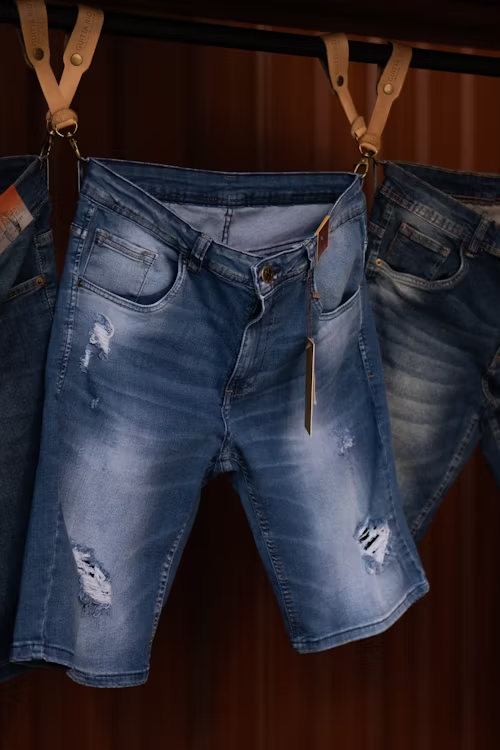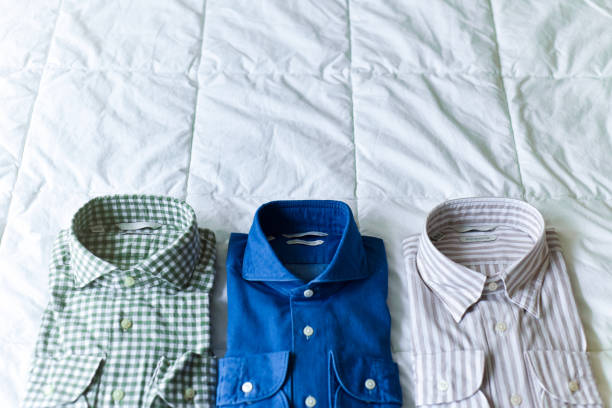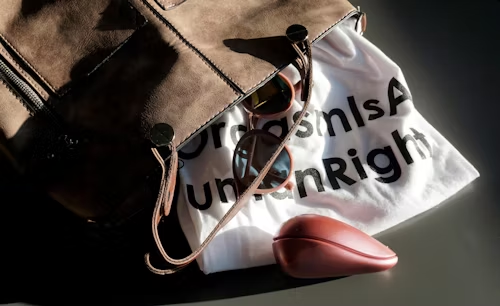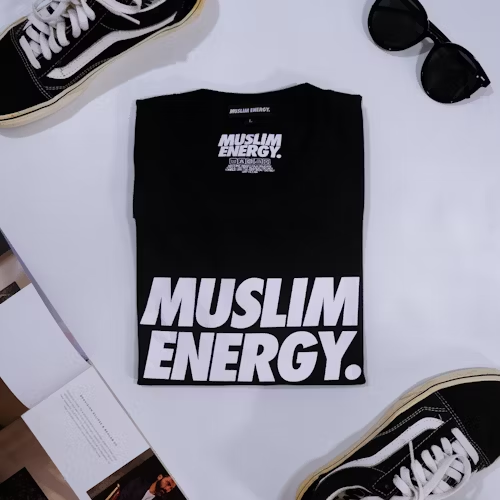In the clothing industry, printing technology plays a crucial role in clothing design. Printing methods influence both pattern appearance and the texture and durability of clothing. This article covers three common techniques—dye printing, acid printing, and pigment printing—and compares their characteristics and uses.
What is dye printing?
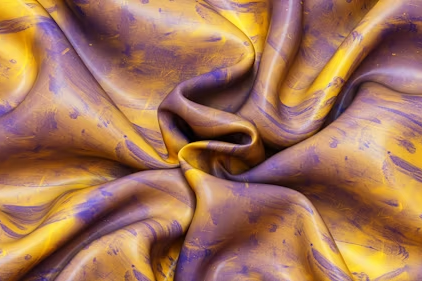
Dye printing creates vibrant colors by bonding dyes directly with fabric fibers, resulting in deep, long-lasting color. Unlike surface printing, it integrates color into the fabric, making it resistant to fading and wear. Commonly used on natural fibers like cotton, linen, and wool, it allows for rich, durable colors. This method is popular for mass production, especially for T-shirts and sportswear.
Characteristics of dyeing printing
- Durable color: The colors of dyed prints are usually long-lasting and not easily faded.
- Strong breathability: The dye penetrates the fiber and does not affect the breathability of the fabric, making it suitable for summer clothing.
- Suitable for mass production: Due to its color stability and wide applicability, dyeing and printing are very suitable for mass production.
Application of dyeing printing
Dye printing is commonly used in T-shirts, sportswear, and everyday apparel, especially for garments requiring high color stability and durability. This technique ensures vibrant colors that resist fading, even after multiple washes, making it ideal for frequently worn items. By deeply penetrating fabric fibers, dye printing delivers rich, long-lasting hues, making it the preferred choice for mass-produced clothing that must maintain its appearance over time.
What is acid printing?
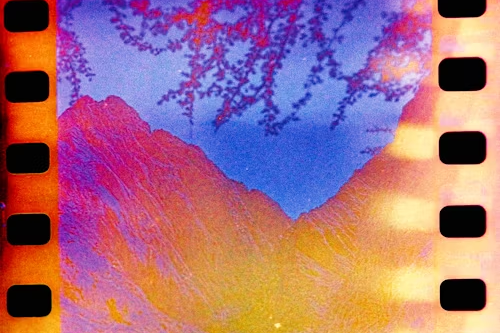
Acid printing is a technique that uses acid dyes for printing. Acid dyes undergo chemical reactions with fibers at high temperatures and are typically suitable for protein fiber fabrics such as silk and wool.
Characteristics of Acid Printing
- Vibrant colors: Acid printing creates vivid, rich colors that are long-lasting, ensuring striking and durable designs.
- Limited applicability: Due to the strong affinity between acidic dyes and protein fibers, acid printing is mainly used on natural fibers like wool and silk, limiting its fabric compatibility.
- Exquisite effect: This printing technique produces highly detailed and intricate patterns, making it ideal for creating high-end fashion garments.
Application of Acid Printing
Acid printing is commonly used in high-end silk clothing, wool sweaters, and luxury brand products. Known for its vibrant colors and exceptional durability, it is a preferred technique in the production of premium fashion and luxury accessories. This method enables designers to create intricate, vivid patterns that maintain their intensity and quality over time, making it ideal for designer apparel, silk scarves, luxury handbags, and exclusive footwear. The ability to achieve rich, deep colors with precision adds a unique, sophisticated touch to high-fashion collections.
What is pigment printing?

Pigment printing is a technique of printing on fabrics using pigment powder. Pigments do not undergo chemical reactions with fibers, but adhere to the surface of fibers. Therefore, pigment printing is simpler than dyeing printing and acid printing.
Characteristics of pigment printing
- Colorful: Pigment printing offers a range of bright colors, especially in pattern designs, allowing for great expression.
- Not resistant to water washing: Pigment printing is less durable than dye and acid printing and may fade or peel when washed.
- Widely applicable: Pigment printing is suitable for various fabrics, especially cotton and synthetic fiber clothing.
Application of pigment printing
Pigment printing is a popular choice in mass-market clothing design, thanks to its affordability and versatility. It creates bold, vibrant designs at a cost-effective price, making it ideal for large-scale production. Pigment printing is widely used on T-shirts, sportswear, and casual wear, offering rich, opaque colors for trendy, affordable fashion.
Comparison of Three Printing Technologies
| characteristic | Dyeing printing | Acid printing | pigment print |
| Color persistence | strong | strong | weak |
| Applicable fabrics | Mainly cotton and natural fibers | Mainly natural fibers such as silk and wool | Suitable for most fabrics |
| scope of application | mass production | High end fashion | Mass market clothing |
| effect | Natural and gentle | Bright and delicate | Bright and flat |
summarize
Different printing techniques suit various fabrics and market needs. Dye printing is ideal for mass production, offering vibrant, long-lasting colors. It’s commonly used for high-volume items like T-shirts and sportswear, offering both color durability and breathability.of fabrics, making it a top choice for everyday clothing.
Acid printing is ideal for high-end fashion, especially with natural fibers like silk and wool. It creates rich, vivid colors, making it perfect for premium, sophisticated garments.
Pigment printing is popular in mass-market fashion for its versatility and cost-effectiveness. It works on various fabrics, producing bold, opaque colors. Though less deep than dye printing, it provides excellent coverage, making it ideal for trendy, affordable mass-produced items.
Understanding these techniques enables designers to create appealing, functional designs that align with fabric properties and trends. This knowledge enhances the creative process and improves design and production efficiency.


